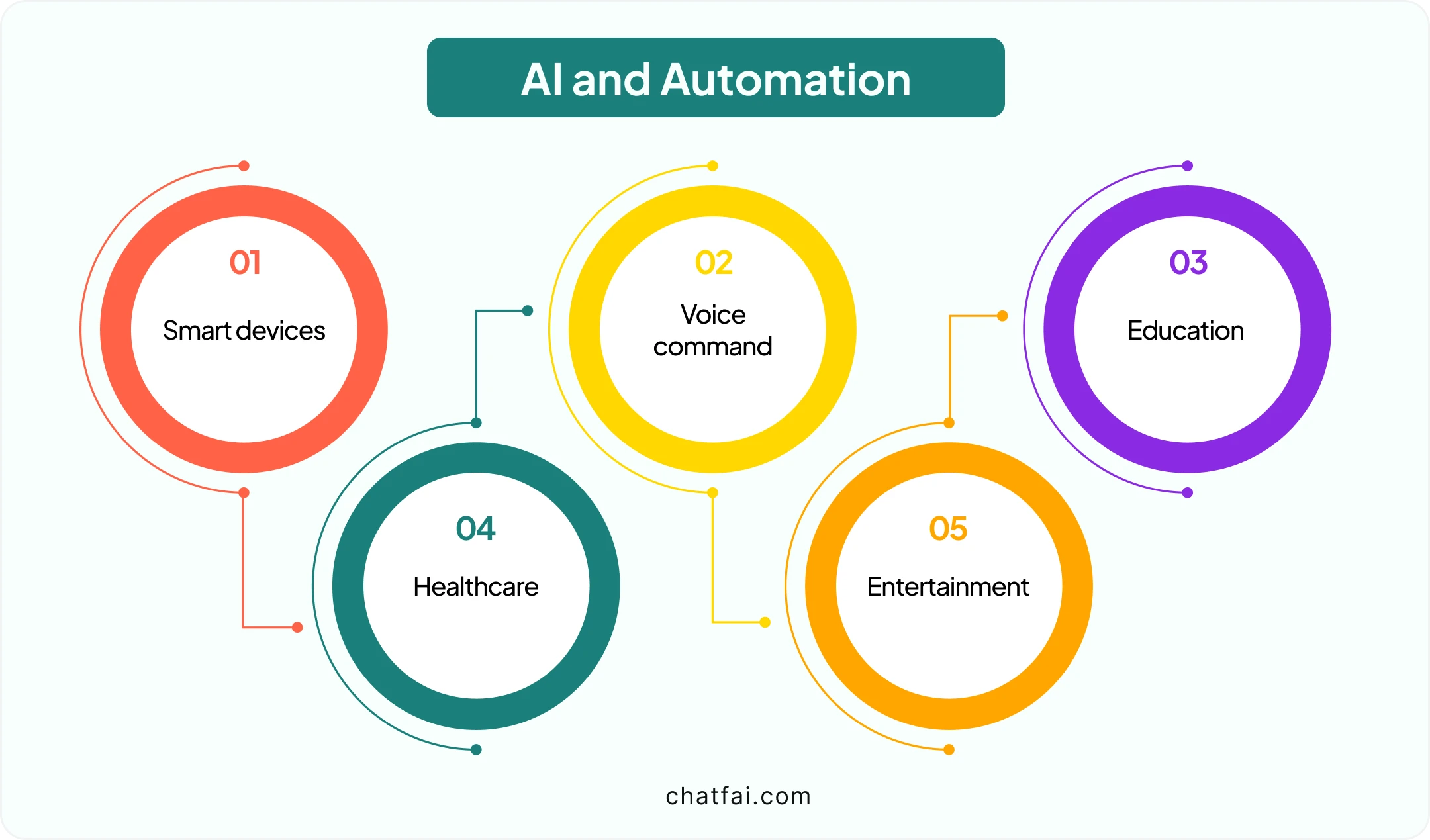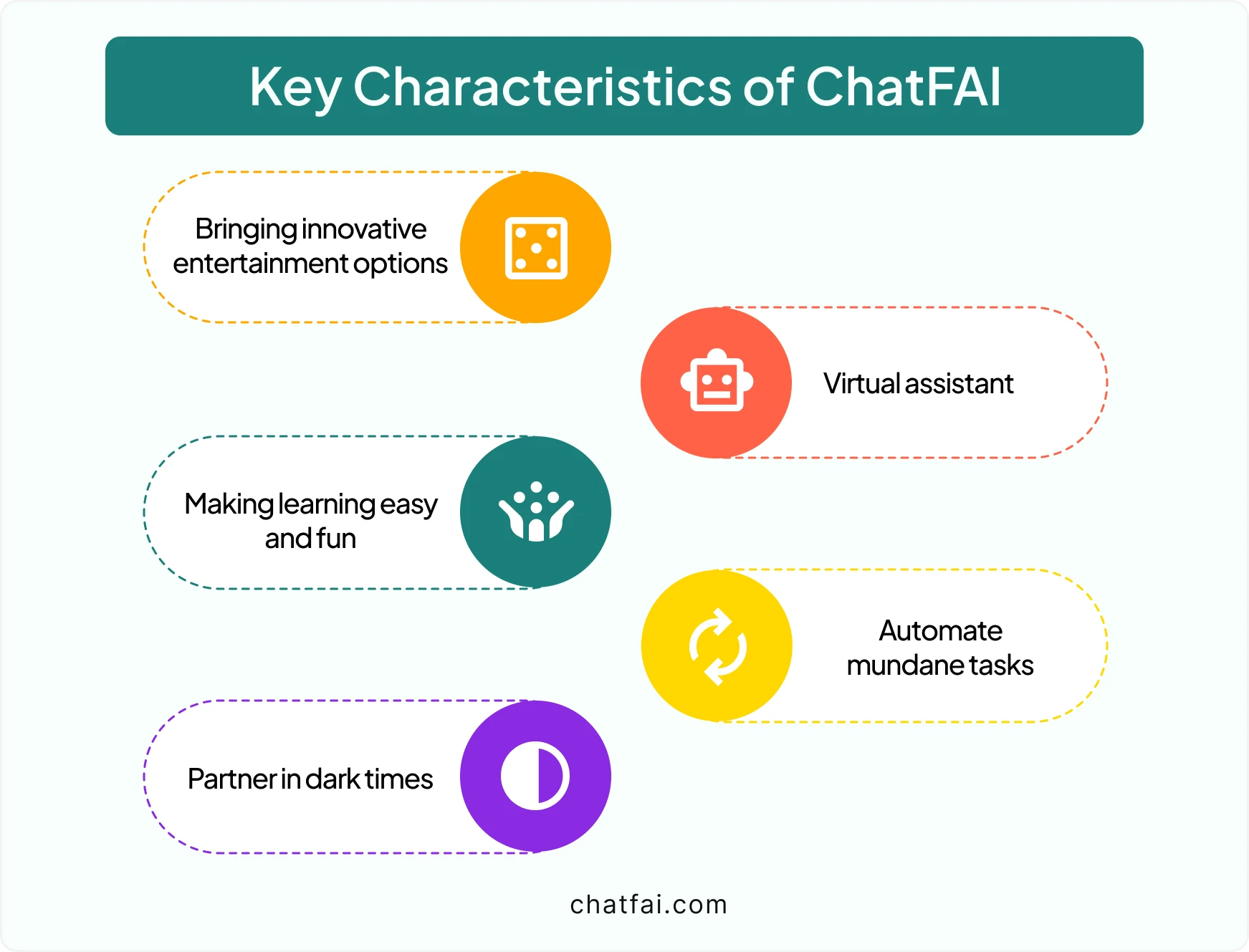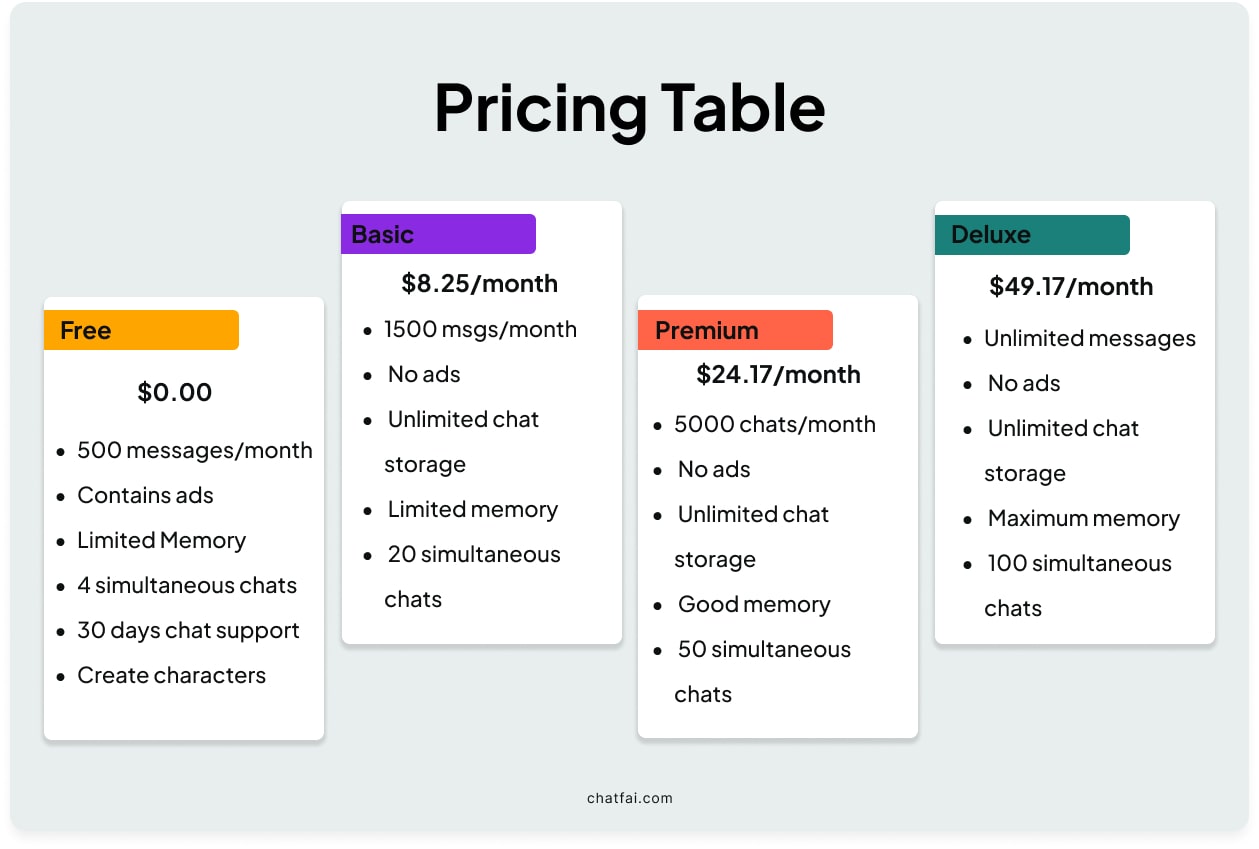Ever wondered if your smartphone could predict your needs before touching it? Or do you have a virtual assistant who drafts your emails flawlessly in seconds? AI tools have made tremendous advancements, but the future holds so much more.
Let’s explore the key AI trends that will shape the future, transforming industries and redefining what’s possible. Let’s take this bumpy ride together!
AI & Automation – What’s that?
The AI received the due recognition in 2022 but came with cautions and ethical concerns. However, fast forward to the following years, the AI has automated every industry, from content creators to business, education, and many more.

In 2024, automation and AI will continue to alter sectors, building on the momentum of considerable breakthroughs in 2023. With the AI market approaching $208 billion in 2023 and predicted to reach over $2 trillion by 2030, the size of market expansion is clear. These technologies transform company operations and customer interaction tactics, accelerating innovation across all industries.
Benefits of Automation
Automation and AI significantly impact everything from operations to consumer interactions. Here are some benefits of AI automation trends;
- Reduces manual labour and errors.
- Improves operational efficiency and productivity.
- Allows for greater compliance and accuracy.
This reduces corporate costs and allows for faster response to consumer needs.
What’s All the Hype About AI and Voice Commands?
A feverish race is underway to establish speech and voice recognition technology as the dominant interaction paradigm in the smart home market. Companies like Google and Amazon have invested significantly in voice technology, seeking to make their smart assistants as ubiquitous as personal computers and smartphones.
AI voice computing can potentially disrupt residential and workplace environments, comparable to how Google’s search algorithm transformed information consumption and the advertising industry.
Benchmarking research from Cognylitica indicated that voice assistants still require a lot of effort before even half of their responses are acceptable. Early speech recognition programs were only as good as the programmers who built them.
Insider Tip: Read about top AI voice generators.
AI on the Edge: Combining AI and Smart Devices
By the end of 2024, more than 207 billion devices are expected to be connected to the global network of tools, toys, devices, and appliances that comprise the Internet of Things (IoT).
An increasing percentage will not be computers or smartphones, as everything from toothbrushes to heavy industrial gear is brought online. They will increasingly be smart devices equipped with artificial intelligence (AI) and capable of autonomous decision-making.
Siri is a prominent example of AI in smart devices, but it’s just a start. There’s A LOT that is on the way.
AI and Education
Although technology integration and education have been observed since COVID-19, with the rise of AI tools like ChatGPT, there’s no comeback. According to an EdWeek Research Centre survey, by the end of 2022, nearly 60% of teachers, administrators, and district executives indicated that their experiences with edtech during remote learning had increased their willingness to employ technology with their pupils.
It will move past “tools to make things easier or faster” to “tools that make learning possible that simply couldn’t be done before.” Edtech use and utilisation increased during the pandemic due to the need for remote learning. Today, educators employ AI wisely to assist learning and offer them “time back” in their day.
Become a language expert using AI tools.
Boom of the Entertainment with AI
AI has marked its way in the entertainment industry by changing how material is made, disseminated, and consumed. AI-powered algorithms personalise content recommendations on platforms like Netflix and Spotify, improving user experiences by adapting suggestions to specific interests.
AI also drives innovative content production, from creating music and scripts to improving visual effects with unprecedented realism. Furthermore, it delivers useful audience analytics, enabling more focused marketing techniques.
AI has improved the immersion of interactive experiences in video games and virtual concerts, while automated editing tools have streamlined production procedures. AI’s real-time translation and accessibility features ensure that material reaches a diverse worldwide audience, making entertainment more engaging and inclusive than ever.
Explore the top AI anime character generators so you never miss out the fun.
IoT and HealthCare
In healthcare, IoT devices can remotely monitor patients and help doctors make diagnoses, collect data for research, and develop novel treatments.
As society adapts to an aging population, virtual hospitals, where patients stay at home but are monitored electronically from a central location, will be important in managing the transition.
In 2024, we expect to see generative AI employed with connected healthcare devices to convert patient data into natural language reports and analytics.
The IoT healthcare market is expected to expand to roughly $150 billion this year before reaching a worth of $289 billion in 2028.
Keeping AI Honest: Ethics and Responsibility
Increased multimodal capabilities and lower entry barriers give up new avenues for misuse, including deepfakes, privacy concerns, bias perpetuation, and even evasion of CAPTCHA measures. In January 2024, a wave of explicit celebrity deepfakes struck social media; research from May 2023 revealed that 8 times as many voice deepfakes were posted online than in the same period in 2022.
The regulatory framework is not very clear, which is why adoption is not very common. Any substantial, irreversible investment in an emerging technology or technique that may require significant retooling—or perhaps become illegal—due to new legislation or shifting political headwinds in the future carries inherent risk.
Personalised Experiences with AI
Lastly, you can create and personalise your AI assistant to bring more peace and comfort. Multiple AI tools can help you learn, kill your time, and get every possible information. Some of these tools are;
ChatFAI
ChatFAI is one prominent AI tool that can be your personal assistant. Simply create a character with an ultra-specific description and get the results! The advanced AI tool uses NLP to understand the text, voice input, and answer accordingly. Here are the top features of the AI tool;

Interesting Read: Explore everything you need to know about ChatFAI.
Pricing
Other AI tools can be your fun partner, so let’s explore them as well;

Read how AI can be your personal assistant.
Challenges with AI and Automation
No doubt, automation has made things easier and quicker. But there are certain drawbacks of AI trends and tools as well.
Job displacement
Implementing AI-powered automation may result in job displacement and a shift to new work.
Ethical implications
The use of artificial intelligence in decision-making processes involves ethical difficulties, including bias and privacy.
Implementation expenses
Implementing AI-powered automation necessitates large training, infrastructure, and technology investments, which may be difficult for small organisations.
Security issues
Integrating AI with automation technologies may raise security concerns and vulnerabilities.
What to Look Forward to?
AI-driven automation will significantly impact the future of industries around the world. According to industry experts, AI trends in automation will alter enterprises, allowing them to optimise operations and streamline workflows. AI will replace manual labour in repetitive or dull jobs, enhancing production and efficiency.
Conclusion
As we enter the future, AI tools are here to revolutionise every aspect of our lives.
The AI trends we’ve discussed are just the beginning.
AI is set to redefine possibilities and transform industries. Stay ahead of the curve and embrace AI’s extraordinary potential.
Ready to experience the future? Start now with ChatFAI, your gateway to cutting-edge AI solutions.